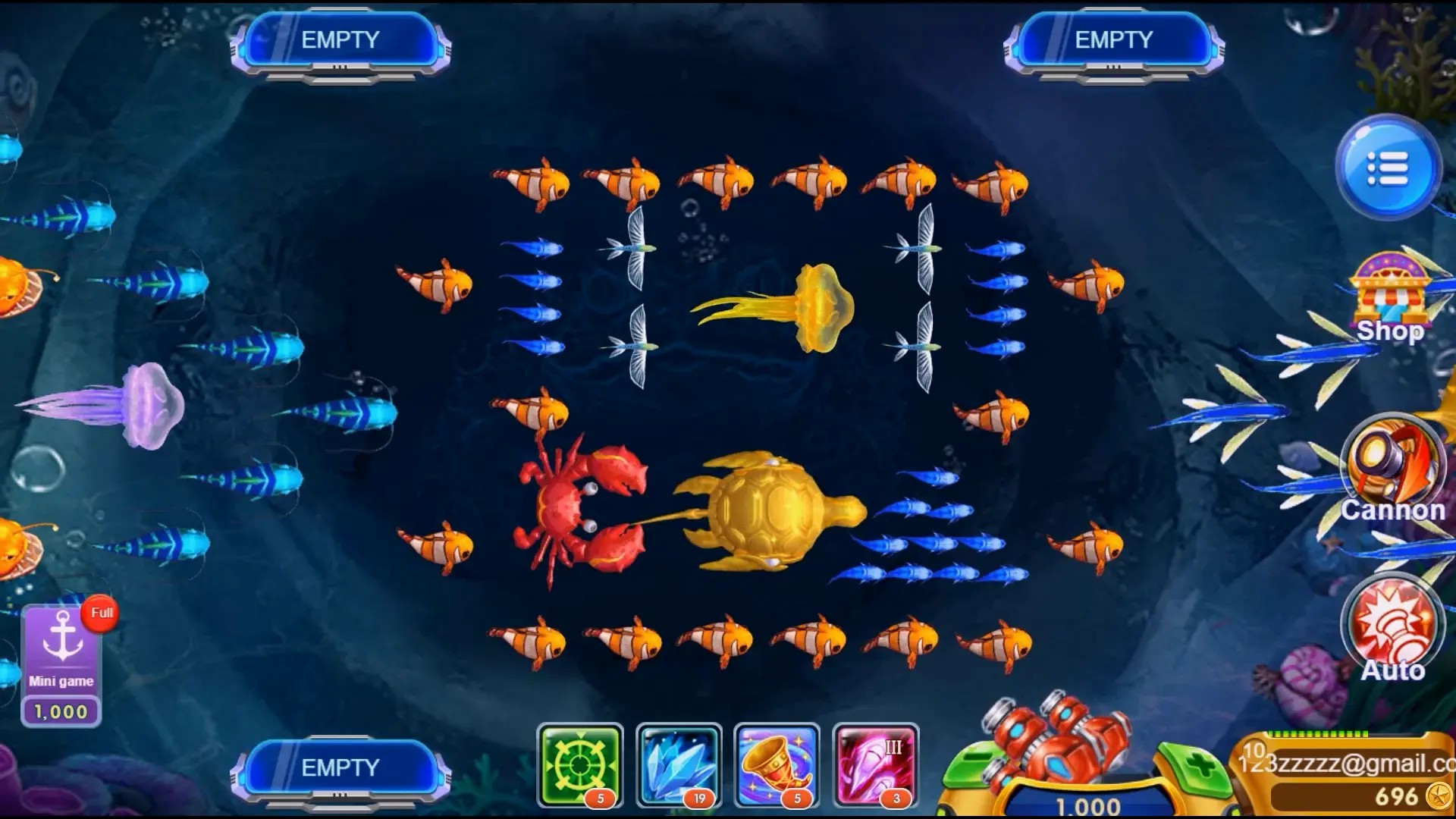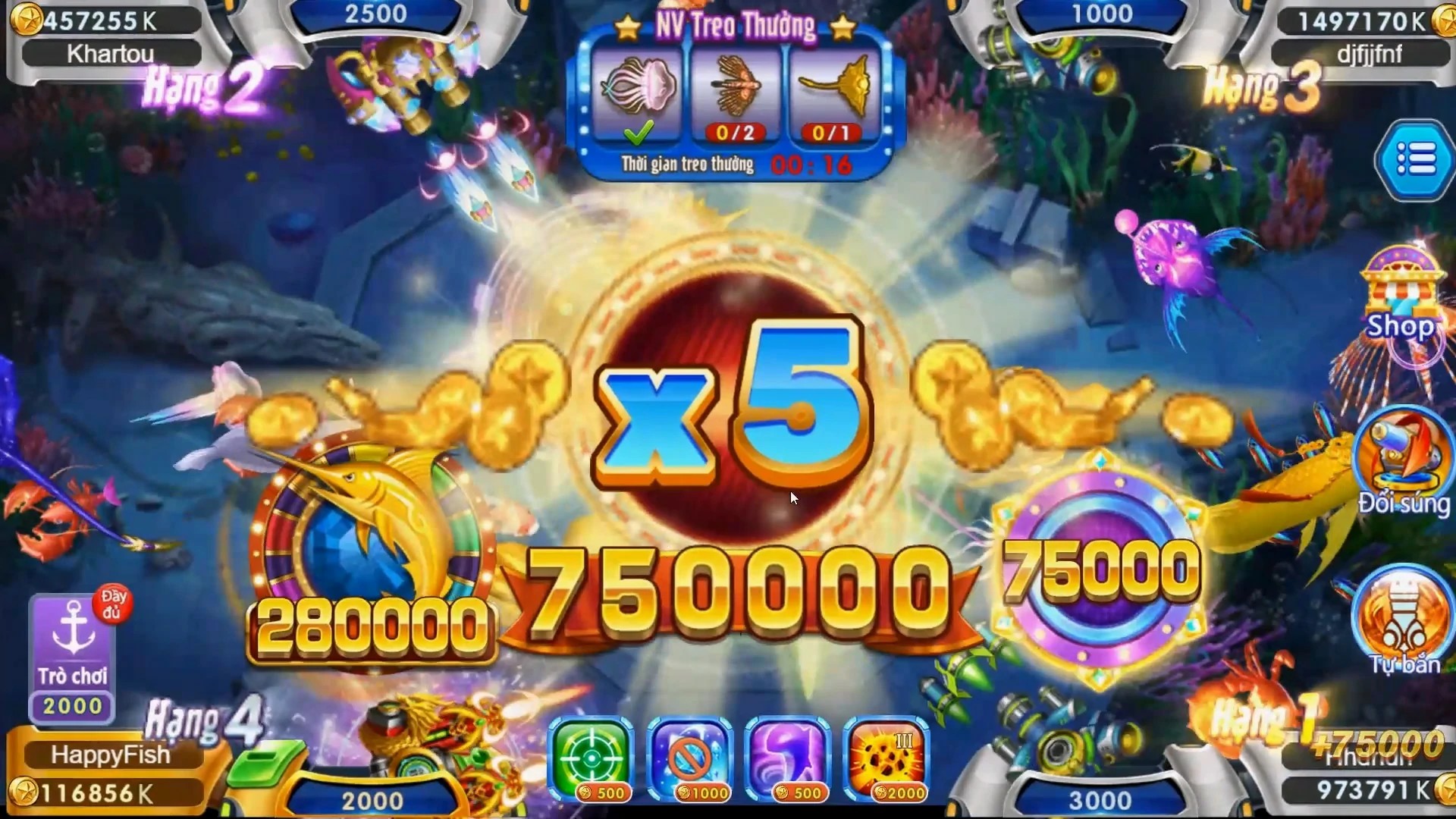From Boredom to Obsession: Puzzle Games Take Over Casual Play
Once, mobile screens lit up during lunch breaks with frantic flappy birds or angry pigs being flung at fortified green structures. Today’s casual gamer taps away mindlessly on a numbered tile in some oddly soothing math-based loop. The evolution is undeniable. It seems we are witnessing the surprising **rise of
puzzle games** that sneak addiction into otherwise unassumingly packaged mobile playtime — often masquerading as simple **clicker games**, all the while offering a deeper hook through engaging, story-driven narratives.


| Popular Puzzle Genres |
Notable Titles |
Player Time Per Session (min) |
Daily Active Users (est. in millions) |
| Puzzle & Match-3 |
Candy Crush Saga, Homescapes |
5 - 15 |
>70 |
| Math-Based Puzzles |
Sudoku Go, Threes! |
8 - 18 |
12.6 |
| Clicker/Incremental |
Taps to Riches, Cookie Clicker |
12 - 22 |
>45 |
| Story-Driven Casual Games |
Lumino City, Osmo Tangram |
9 - 17 |
8.4 |
| RPG Fusion |
The Binding of Isaac Rebirth, Monster Train |
20 - 50* |
4.3 (*session varies widely) |
What Makes People Addicted to Simple Gameplay Loops?
A paradox sits right before our very scrolling fingers. Games without flashy visuals or complex combat mechanics are proving addictive in their sheer repetitiveness. **Clicker games** — yes, even those absurdly silly digital upgrades where you press “sell gold bars" for no clear purpose but dopamine-fueled progression loops — thrive across Apple's App Store and Google's gaming marketplace. But is this really "play" anymore, or something closer to meditation? One possible answer? The psychological concept of micro-rewards. Every tap, slide, swipe, or match triggers endorphin releases similar to slot machine gambling hits — albeit less extreme — making it dangerously effective at luring daily participation from players who think they’re just “doing a quick break" every now then. That explains part of it... but only part.
Puzzle Games as Mental Candy—Or Is It Emotional Junk Food?
Some dismiss such games as shallow distractions with no substance beneath shiny pixel graphics and satisfying animations. Still others argue these seemingly trivial games provide crucial emotional relief in increasingly fast, fragmented worlds. Consider how many modern lives run nonstop schedules with back-to-back meetings, emails, notifications – and then you click one square labeled 'X' and suddenly feel a brief sense of calm order. Isn’t there merit in simplicity? And let’s be honest. Sometimes all it takes is **three tiles flipping into a completed row** to momentarily reset our mental clutter.
Beneath the Numbers: How Story Elements Are Shaping Puzzle Experiences
While basic puzzles remain popular on casual platforms like iOS and Android stores (often appearing as top free game selections), what distinguishes recent breakout indie titles from the older generation? You guessed it — narrative. Many new entrants blend light plots with interactive puzzle challenges, turning once-linear experiences into something with more depth and continuity. Whether unlocking diary entries behind an abandoned home by aligning photo puzzles piece by piece — à la *Tangrams* reimagined for smartphones — or discovering characters embedded between sliding tile progressions in memory-based matching quests. These **casual games with good story arcs** aren't replacing hardcore franchises, but subtly carving a different kind of escapism. For instance:
- Evaluating which door locks will unlock a secret journal using Morse Code riddles
- Selecting ancient texts based solely upon historical symbol patterns that match glyph placements
- Glimmerings of hidden subplots unfolding between each stage-clear checkpoint
The New Face Of Gaming Engagement: Slow And Sticky
The appeal lies not in speed or intensity but sustained engagement. Think about that friend or relative you know keeps coming back to “just check today's mystery board setup." That quiet persistence beats traditional high-octane action formats designed for adrenaline junkies. What looks passive hides immense retention capability, especially among mid-life demographics or younger audiences seeking low-effort cognitive stimulation rather than twitch gameplay thrills.
Click Me Again, Will You?: Breaking Down Clicker Game Mechanics
So why call attention to the niche subgenre known broadly (if not precisely) under **clicker games**? Because its deceptively minimalist interface conceals clever reward design psychology. Most games within this family start with basic UI — a single button, sometimes two. Tap the icon repeatedly; get coins slowly, then buy items that accelerate coin acquisition — which can then fund faster coin-getting methods until your virtual bakery churns money autonomously while your avatar naps. Yet within these mechanical loops lies potential. Developers layer humor (“Auto-coffee machine activated! Your character sips java mid-shift") alongside achievements and branching unlocks, nudging the player forward — ever forward, always tapping, always progressing even while idle in sleep mode.
Retro Revival? More Like Nostalgia With Added Crisps On Top
In case you hadn’t noticed — analog aesthetics never quite vanished from screen life entirely. Retro palettes and deliberately outdated pixelation are creeping back, stylized versions repurposed across digital canvases from game boards to mobile app skins. Even if original consoles died off with CRT monitors years ago, their stylistic legacy lives on — sometimes repackaged as novelty value inside incremental puzzle adventures masked in faux-nostalgia. Why else would anyone make a game where a digital hamster runs a wheel generating virtual coins to unlock... yet bigger hamsters on better wheels?
The Rise Of Collaborative Puzzling
Remember those awkward group party games involving guessing someone’s scribbles? Fast forward. Cooperative mechanics are now entering puzzle genres en mass — though still modestly compared to
MMORPG co-ops. The most accessible example? Shared level completion objectives that sync real-time or asynchronous gameplay depending on network access and available players nearby (or online). Not surprisingly — considering current social trends — the demand has steadily spiked when combining puzzle logic with RPG frameworks, prompting fresh interest in **best rpg games to play with friends**, especially those with modular puzzle-adaptations built around multiplayer decision points.
Finding The Right Flow State With Interactive Riddle Challenges
One unexpected side effect of increased puzzle time spent among Canadian players and worldwide counterparts has been growing anecdotal claims of so-called “
game zone immersion." Akin to what Mihály Csíkszentmihályi originally conceptualized as *flow*, this refers loosely to that immersive space between distraction and focus. Players say they feel less stressed while aligning abstract symbols mid-commute, sorting numbers to open gates in imaginary kingdoms during waiting-room downtime, etcetera. If anything qualifies a healthy escape valve beyond conventional entertainment forms (music streaming? binge watching? endless news-scrolling?) maybe this form deserves broader appreciation outside narrow entertainment categorization models.
Celebrating Quiet Moments: Puzzle Culture Among Adults
There’s a common misconception among non-gamers: casual mobile titles are merely teenage territory full of loud pop-ups and intrusive monetization schemes. Contrary to expectation — and data reveals strong presence across **adult user profiles in early 2000s onward** — including middle-aged Canadians playing puzzles late at night after kids go to bed. Some cite meditative qualities, while others treat gameplay intervals as mental maintenance exercises akin to crosswords decades prior.
Why This Era Loves Simplicity And Schedules It Regularly Into Their Routine?
In times of overload — professional chaos, constant information feeds blaring political noise everywhere — it becomes easier psychologically to seek tiny islands of peace wherever possible. A moment of satisfaction comes not from defeating a boss monster requiring six-minute cutscenes post-completion but from aligning three oranges and earning a subtle sound chirp affirming your success. Puzzle mastery need not be complex or demanding; oftentimes the simplest interfaces bring deepest rewards.
Puzzle + RPG = Surprise Winner In Genre Hybrid Market
Though not everyone might predict it initially, RPG-infused logic gameplay has gained serious foothold over time, especially when tied together with light storyline elements wrapped tightly inside evolving player agency frameworks. From classic roguelike hybrids adding turn-based puzzle sequences instead standard dice-rolls to adventure puzzlers incorporating experience progression, crafting trees or gear systems… the genre fusion proves potent. Here are some trending titles worth mentioning in terms of community buzz:
- • The Witness: Exploration-based philosophical brain teasers set on fictional island with layered visual symbolism.
- • Pokémon GO + PogoQuest Modded Variants: AR hybrid merging physical movement with strategic item management layers borrowed partially from incremental design patterns typical of Cookie Clicker-like games elsewhere.
- • Dopelucky: Dice-puzzling mixed with light procedural dungeon crawling mechanics reminiscent somewhat akin to old-school D&D encounters simplified for solo handheld sessions.
- • Myst Online Worlds: Persistent multi-island VR world puzzle platform emphasizing shared exploration, knowledge exchange forums and long-term lore accumulation rather than timed raids.
The Road Ahead For Digital Brain Exercises
Will clicker-powered puzzles remain relevant ten years from now? Predictions come easy here, execution harder when facing rapidly shifting market landscapes. We're already seeing emerging technologies test compatibility within this ecosystem: voice-responsive clue-solving tools in accessibility-focused variants? Cloud save features across multiple devices synchronized under biometric authentication? Experimental AR integrations where players manipulate 3D cubes mid-air above kitchen tables? Innovation is slow — but steady. Unlike the boom/bust hype cycles of battle royale modes followed by auto-running shooters — which flare briefly and fade — these gentle, patient puzzle companions appear rooted in longer timelines. Not revolutionary by spectacle alone — evolutionary perhaps. Steady as it goes.
Puzzles For The Mindless Minutes In Your Busy Canadian Day?
Maybe the best summary lies not in technical analysis but personal experience: open your phone tonight while sitting beside your fireplace after dishes done and kids finally asleep. Swipe into a small corner of digital calm disguised beneath colorful panels, sliding blocks, arithmetic quirks and cryptogram challenges. Let yourself relax. Find solace in tiny accomplishments earned not through epic feats or grand battles... Just soft sounds. Clicks. That silent, satisfied tap echoing into midnight hours might tell the true future trajectory better than sales charts alone.
Conclusion: The Shift Toward Smarter, Softer Forms of Engagement in Casual Entertainment
In truth, puzzle gameplay isn't exactly breaking boundaries. No one mistakes number-tiled logic exercises for triple-A storytelling marvels — but neither should it matter when comparing them against rigid benchmarks designed primarily around visual polish or competitive dominance. The shift toward **puzzle-centered entertainment** signifies broader cultural changes: namely a rising appetite among players seeking thoughtful, stress-resilient pastimes that don't overwhelm sensory bandwidth. As clickers evolve beyond mere point-and-tap interactions toward structured progression loops complete with personality and plot texture... expect continued crossover growth into areas traditionally reserved for heavier genres like role-playing titles aimed at communal play settings such **as “best rpg games to play with friends."**



